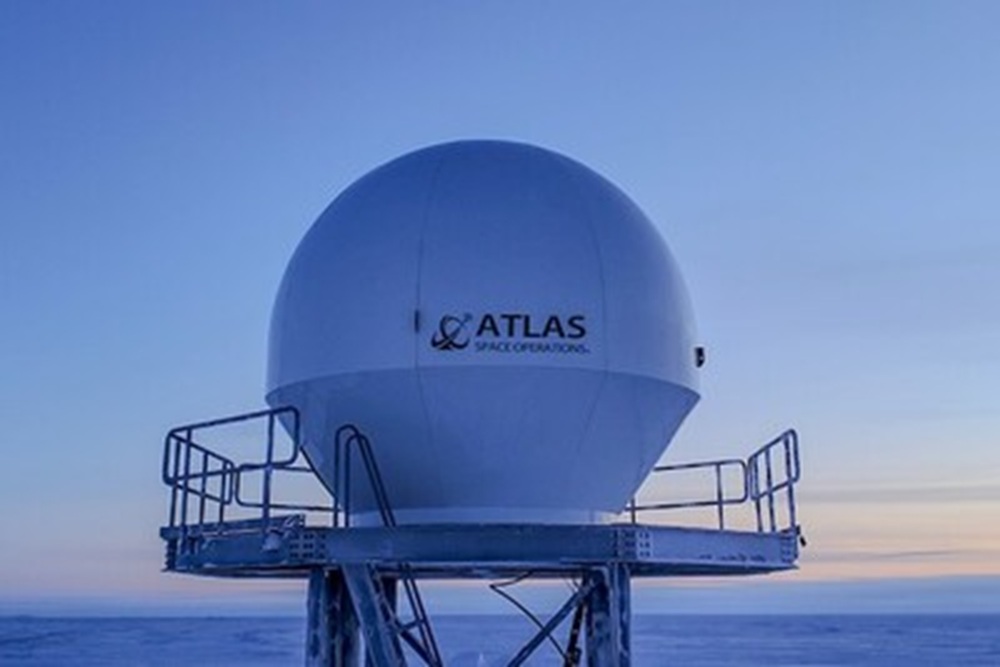The European Space Agency (ESA) is on the verge of a major leap in deep-space exploration and international cooperation with the inauguration of its newest technological marvel—the New Norcia 3 (NNO3) deep-space antenna—set amidst the red earth and wide horizons of Western Australia.
Scheduled for October 4, 2025, the event stands not only as a milestone in space communications but as a showcase for global partnerships, Indigenous heritage, and transformative technology.
The online media interaction that was held on Monday was briefed by Simon Plum, Head of Mission Operations, ESA; Enrico Palmero, Head of the Australian Space Agency; Mehran Sarkarati, Head of Ground Station Engineering Division, ESA; Piermario Besso, Head of the Antenna & Infrastructure Section, ESA; Suzy Jackson, New Norcia Station Manager, CSIRO; Holger Krag, Head of the Space Safety Programme, ESA and Nathalie Tinjod, External Relations Officer, ESA.
Located near the historic township of New Norcia, the NNO3 antenna is the fourth of its kind developed and operated by ESA, joining the Estrack family of world-leading ground stations. ESA’s Estrack network, which stretches across three continents, provides Europe with independent, resilient space access for science, safety, and exploration. With missions reaching as far as Jupiter and as close as the Moon, the need for continuous, high-capacity communication infrastructures has never been greater.

The new NNO3 facility features a staggering 35-meter dish, standing 40 meters tall and weighing in at 700 tonnes. Its technical specifications reflect the apex of European space engineering, with the antenna capable of transmitting at up to 20 kW in X-band and maintaining unparalleled pointing precision. Cryogenically cooled components and advanced AI-driven control systems position NNO3 at the forefront of modern deep-space radio communication, able to capture wisps of data from spacecraft millions or even billions of kilometers away.
This expansion arrives at a critical juncture. ESA’s current deep-space tracking infrastructure faces a projected 25% overload in capacity over the next five years due to the explosion in scientific, exploration, and space safety missions. The new antenna’s effective range extends up to 750 million kilometers—enough to support ambitious missions like Juice at Jupiter and ESA’s future planetary defense endeavours. NNO3’s capabilities secure Europe’s scientific autonomy and global leadership, ensuring that European missions can continue to safeguard the planet, unlock cosmic mysteries, and inspire future generations.
Collaboration: The Heart of the Mission
While ESA leads construction and technical oversight, NNO3 is built on an enduring partnership with Australia. Prime contractors Thales Alenia Space (France) and Schwartz Hautmont Construcciones Metálicas (Spain) contributed industrial expertise, while local Australian firms handled site infrastructure upgrades including roads, power, and data connectivity. Australia’s national science agency, CSIRO, has provided operational support since 2019 and is responsible for ongoing maintenance and operation—a synergy reinforced by formal treaties dating back to 1979.

The Australian government’s AU$4 million investment unlocked local growth and built long-term capability in deep space communications. This strategic site complements ESA’s stations in Spain and Argentina, forming a 360-degree global coverage network—an unbroken lifeline for missions in every orbit and deep space environment.
ESA and Australia’s collaborative framework fosters not only operational reliability but also broader regional engagement. NNO3 is a gateway for scientific partnership with nations across the Asia-Pacific, supporting mission data sharing and collaborative ground station arrangements with agencies like JAXA, NASA, ISRO, and CNSA. Typically, time exchange agreements and data-sharing boost efficiency and science returns for all participants—cementing Australia’s reputation as a trusted partner in global exploration.
Science, Sustainability, and Social Impact
NNO3 supports prominent ESA missions—Juice (Jupiter), Solar Orbiter, BepiColombo (Mercury), Mars Express, Euclid (cosmology), ExoMars Trace Gas Orbiter, Hera (planetary defense), and new initiatives like Plato, Envision, Ramses, and Vigil. It will also facilitate data relay for non-European missions, multiplying the international value of European investment in deep-space infrastructure.
The antenna embodies ESA’s sustainability ethos: a planned 100 kW photovoltaic expansion will complement the station’s existing 250 kW renewable energy system, minimizing the environmental footprint of year-round space tracking operations.
Indigenous recognition is front-and-center at the inauguration. The Yued people—the First Nations custodians of the land—will be acknowledged for their rich astronomical heritage. Community engagement features public access, tourist programs, and education opportunities—all designed to connect local culture with cosmic discovery and social progress.
Innovation Made in Europe—and Australia
The technical feat of constructing NNO3, including the 122-tonne reflector dish and advanced servo mechanisms, stands as a testament to cross-continental innovation. Local talent is prized: CSIRO’s 14-person team ensures reliable site operations and logistical support, while new opportunities are opening for Australian engineers, technicians, and logistics staff to join the growing New Norcia facility.
A custom-built transponder antenna at the site will calibrate ESA’s Biomass mission—which tracks global bio-matter from space—adding even more scientific depth to the operational network.
Inauguration: A Symbol for the Next 50 Years
The October 2025 inauguration gathers leading voices from ESA, Australian authorities, indigenous elders, and global media at New Norcia to celebrate a facility designed to operate for half a century. Beyond the celebration, the event is a projection of Europe and Australia’s willingness to invest in shared infrastructure and collaborative excellence.
With the official opening, the New Norcia 3 deep-space antenna will cement its place as not just a technological pivot-point, but as a symbol of what international partnership, scientific ambition, and community engagement can achieve—charting humanity’s course to the solar system and beyond.





